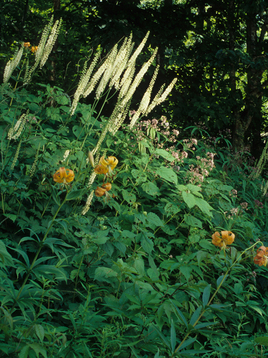
This however, is doing an injustice to the plant for a number of reasons. First, we are not respecting the plant as a whole for its many different constituents and actions. This has serious consequences as you can see with certain plants becoming a “fad” or a “one-plant-fits-all” approach, which can sometimes in result in it gaining quick popularity followed by over-harvesting.
Black Cohosh is a woodland perennial, native to the United States and found the Appalachian Mountain Range across the Eastern hardwood forest to the Ozark Plateau and north into the Great Lakes region. Surprisingly it is incredibly easy to grow if you have a nice spot at the edge of some woods with partial shade, grown by seed or live, dormant roots. Strictly Medicinal Seeds company (formerly Horizon Herbs) ships ready to plant roots for autumn planting to have them emerge the following spring.
We know for certain Black Cohosh has been traditionally used to support the female reproductive system throughout each stage of menstruation, pregnancy, and menopause. It has an affinity for those who experience mood fluctuations, especially before and during menopause. A dark, brooding, melancholic and turned inward, negative self-talk sort of behavior is ideal for this person to be reaching for the non-standardized, fresh root tincture. Small doses (5-10 drops) are recommended. The dried root has been shown to cause headaches and large doses have been shown to cause vertigo, nausea, and nervous system distress. It is also used to reduce the inflammation and muscular pain of rheumatism and inflammatory arthritis, specifically for a dull, achy condition. It increases blood circulation, lowers blood pressure, and relieves ringing in the ears.
Herbalist 7Song keeps a tincture on hand for use in first aid as a musculoskeletal relaxant for acute situations. David Winston has a beautiful synergistic formula containing black cohosh, kava kava and ashwagandha. It also combines really nicely with St. John’s wort, lavender, rose, crampbark, wild yam and siberian ginseng depending on what you are needing it for.
When I think about this graceful, strong plant I now keep a few important reminders close to my heart: It is not for every woman going through menopause. It can easily be cultivated on my own land to ensure permeability in its own native habitat. Fresh root is ideal when making medicine with it because certain active constituents are not available through the dried root. Standardized extracts and pills should be avoided because of unpleasant side effects.
I also love the essence of its flowers: it imparts the ability to confront and actively transform negative, destructive, or threatening circumstances. In this way it is possible to gain enormous power, learning to balance and harness innate strength and physical prowess.



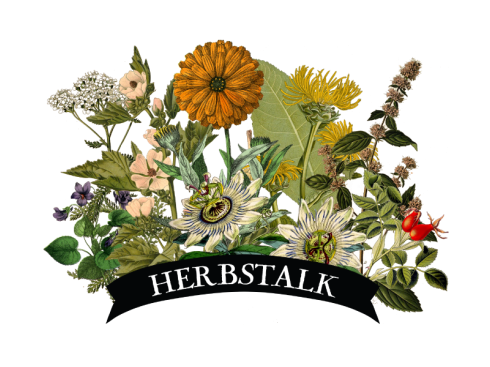
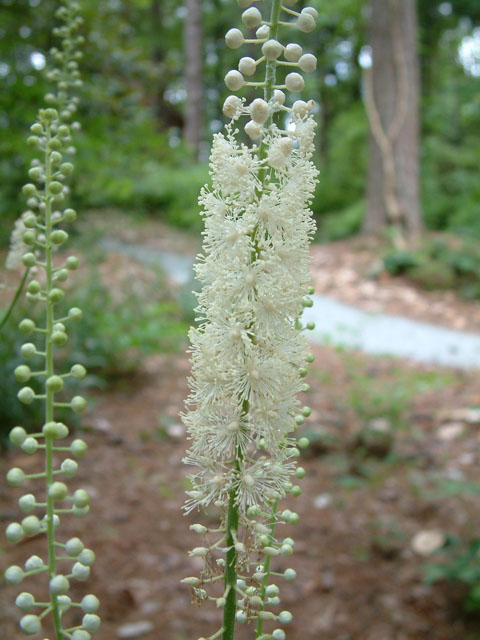
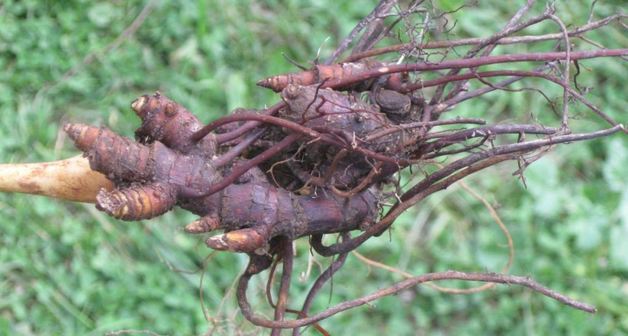
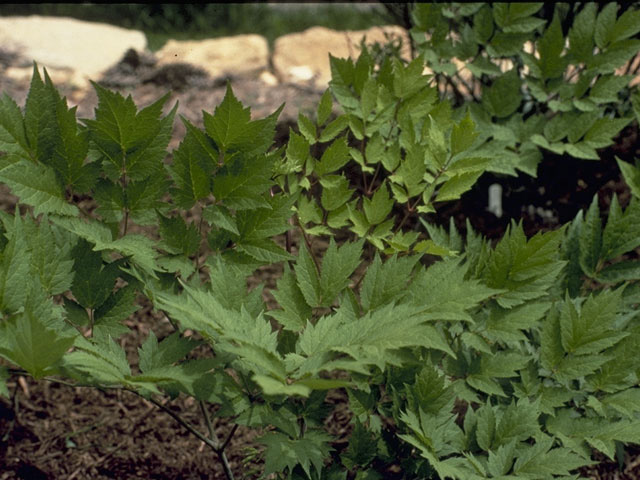
 RSS Feed
RSS Feed